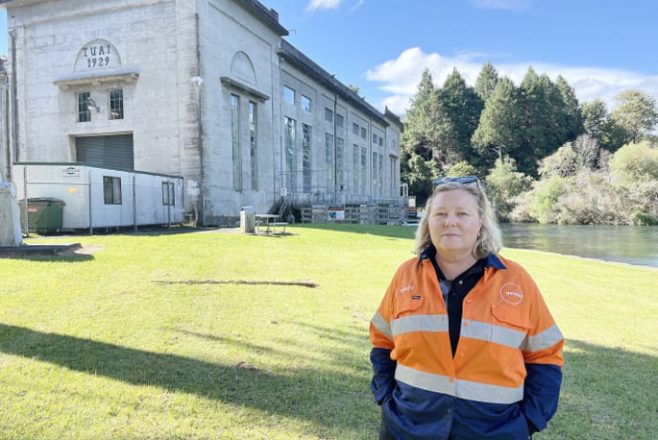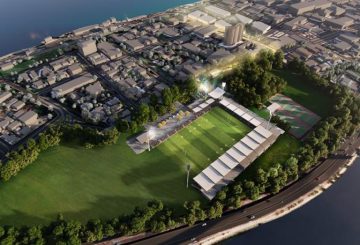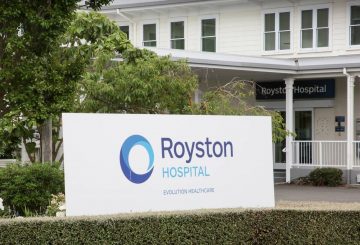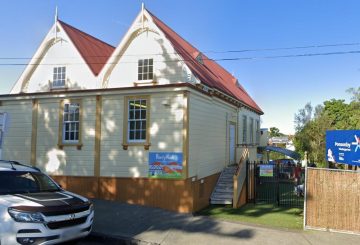Genesis Energy has spoken out about its handling of last year’s Cyclone Gabrielle, in an effort to debunk rumors that they caused the flooding in Wairoa by “opening the floodgates”. The company recently invited the media to tour the Lake Waikaremoana Power Station to demonstrate their efforts during the cyclone and their ongoing commitment to renewable energy.
The Genesis team at the power plant were proud of their efforts to keep the region running during the floods. They were the only major power generator working at the time. Without the power station, the region could have experienced a long-term power outage.
Genesis also addressed the rumor about the floodgates. They explained that there are no floodgates to open at the Onepoto intake structure. After the cyclone, an independent review found that only 1% of Wairoa’s flooding was due to Genesis’ water. The rest of the flooding was caused by overflow from streams and rivers. The Wairoa District Council is currently reviewing this data.
Before the cyclone hit, Genesis had lowered the lake by 6% to reduce the risk of overflow. During the flood, they had to manage the water flow according to the resource consent rate of between 35-40m³ per second.
Genesis is heavily investing in renewable energy, with plans to invest $1 billion by 2030. They are focusing on solar and wind farms, and are also considering biomass, which involves turning wood pallets into energy. This is part of their efforts to replace coal with more renewable sources at their Huntly power station.
Genesis emphasized that their power scheme acts as a safety control point for river flows. Without it, there would be no control of the lake water. They also highlighted their plans to build a large grid-scale battery at their Huntly site to manage the intermittent nature of solar and wind power.






























































